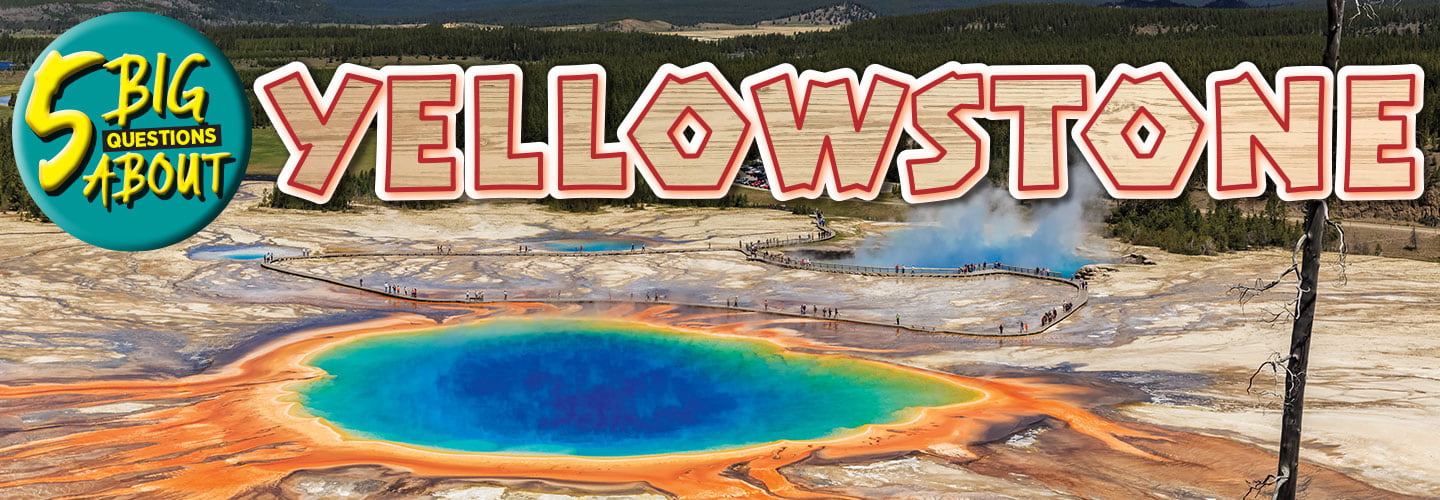Shutterstock.com
The Yellowstone area has been home to Native people for thousands of years. White explorers arrived in the early 1800s. They were amazed by the diverse wildlife and hydrothermal features.
In 1871, pictures of Yellowstone’s natural wonders helped persuade the U.S. government to protect the area. President Ulysses S. Grant signed a bill in 1872 to make Yellowstone America’s first national park.
The Yellowstone area has been home to Native people for thousands of years. White explorers arrived in the early 1800s. They were amazed by the diverse wildlife and hydrothermal features.
In 1871, pictures of Yellowstone’s natural wonders helped persuade the U.S. government to protect the area. President Ulysses S. Grant signed a bill in 1872. That made Yellowstone America’s first national park.

